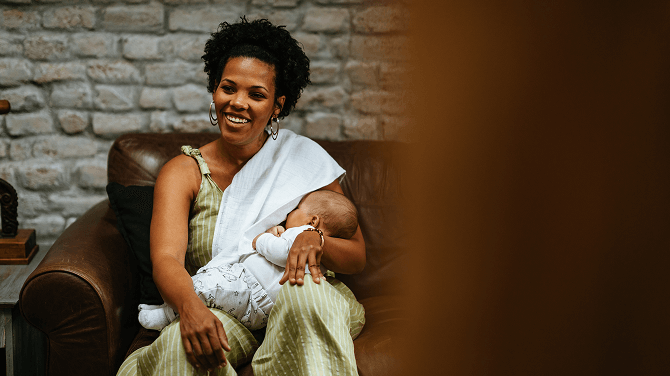Resource Center
All ContentBlogCase StudiesCustomer Success StoriesebooksWebinars
- Marty Fenn
- December 19, 2025
- 8 min read
9 data points proving AI in healthcare works
Adoption of AI in healthcare is expanding. Find out how athenaOne customers are already benefitting.Read moreMore resources

- athenahealth
- December 22, 2025
- 4 min read
payer solutions
Modernizing prior authorization with athenaPayer®
Imagine a faster, better way to obtain prior authorization. Here’s how athenaPayer saves work.
Read more
- athenahealth
- January 09, 2026
- 4 min read
RCM
Transform workflows with smart clinical AI reminders
Boost patient care and RCM efficiency using clinical AI nudges. Explore the benefits now.
Read more
- Erika Christiansen
- January 08, 2026
- 3 min read
practice management
Bringing lactation consulting to families across Texas
Read about how Breastfeeding Success Co. grew their business and got paid quicker with athenaOne.
Read more
- athenahealth
- December 23, 2025
- 5 min read
electronic health record
Scaled connectivity through Platform Services
See how to simplify affiliate integration and enhance care coordination without costly EHR changes.
Read more
- athenahealth
- December 22, 2025
- 4 min read
payer solutions
Modernizing prior authorization with athenaPayer®
Imagine a faster, better way to obtain prior authorization. Here’s how athenaPayer saves work.
Read more
- athenahealth
- January 09, 2026
- 4 min read
RCM
Transform workflows with smart clinical AI reminders
Boost patient care and RCM efficiency using clinical AI nudges. Explore the benefits now.
Read more
- Erika Christiansen
- January 08, 2026
- 3 min read
practice management
Bringing lactation consulting to families across Texas
Read about how Breastfeeding Success Co. grew their business and got paid quicker with athenaOne.
Read more
- athenahealth
- December 23, 2025
- 5 min read
electronic health record
Scaled connectivity through Platform Services
See how to simplify affiliate integration and enhance care coordination without costly EHR changes.
Read more
- athenahealth
- December 22, 2025
- 4 min read
payer solutions
Modernizing prior authorization with athenaPayer®
Imagine a faster, better way to obtain prior authorization. Here’s how athenaPayer saves work.
Read moreEmpower your practice

AI powered patient engagement
Learn how AI tools can help improve patient loyalty and outcomes.






